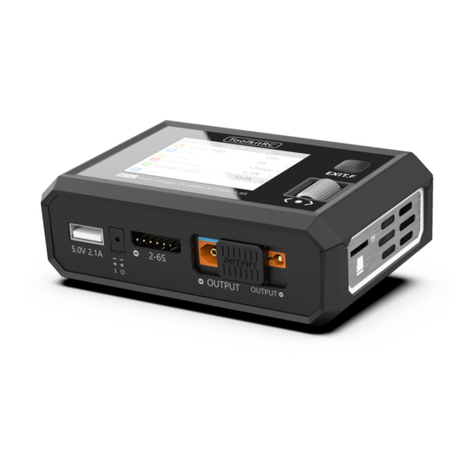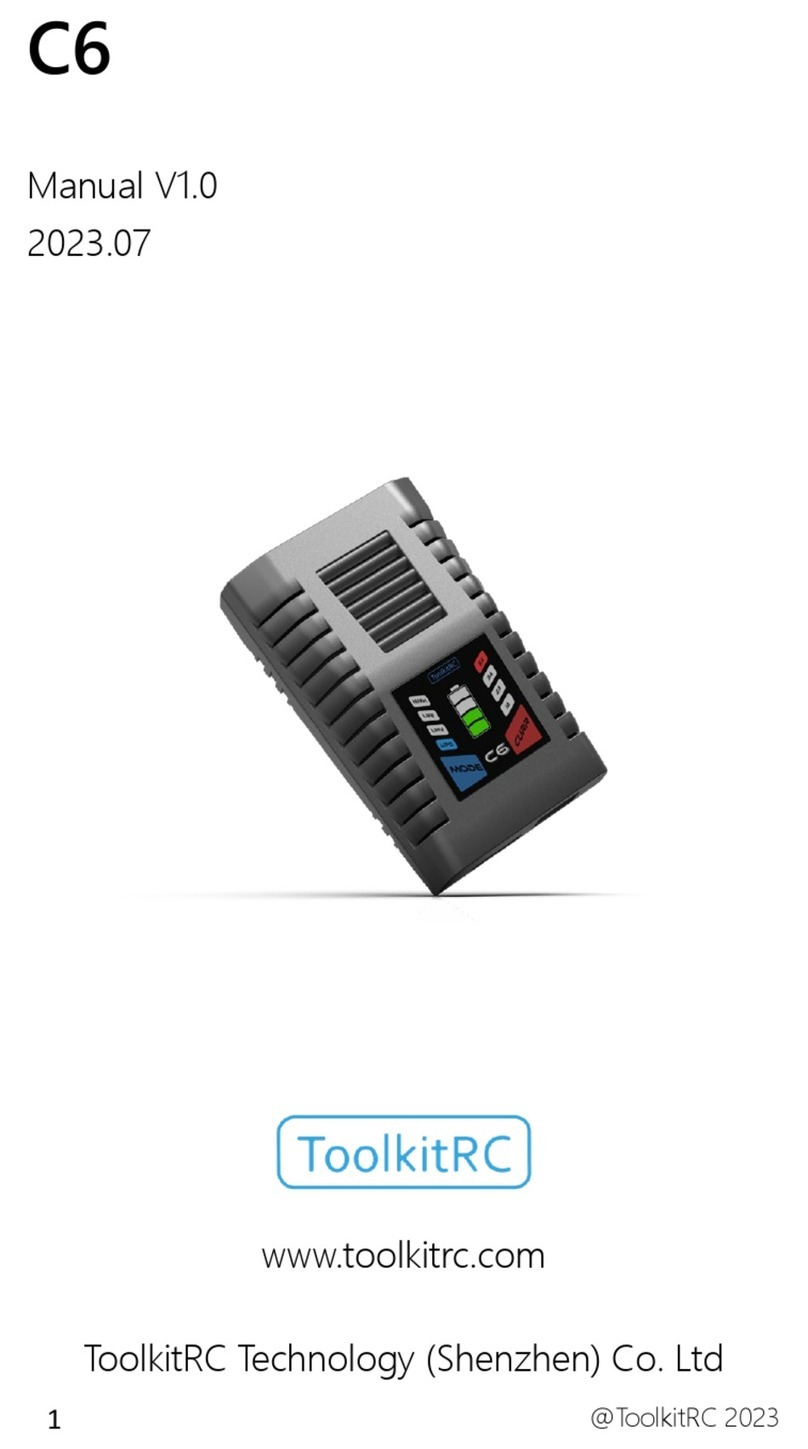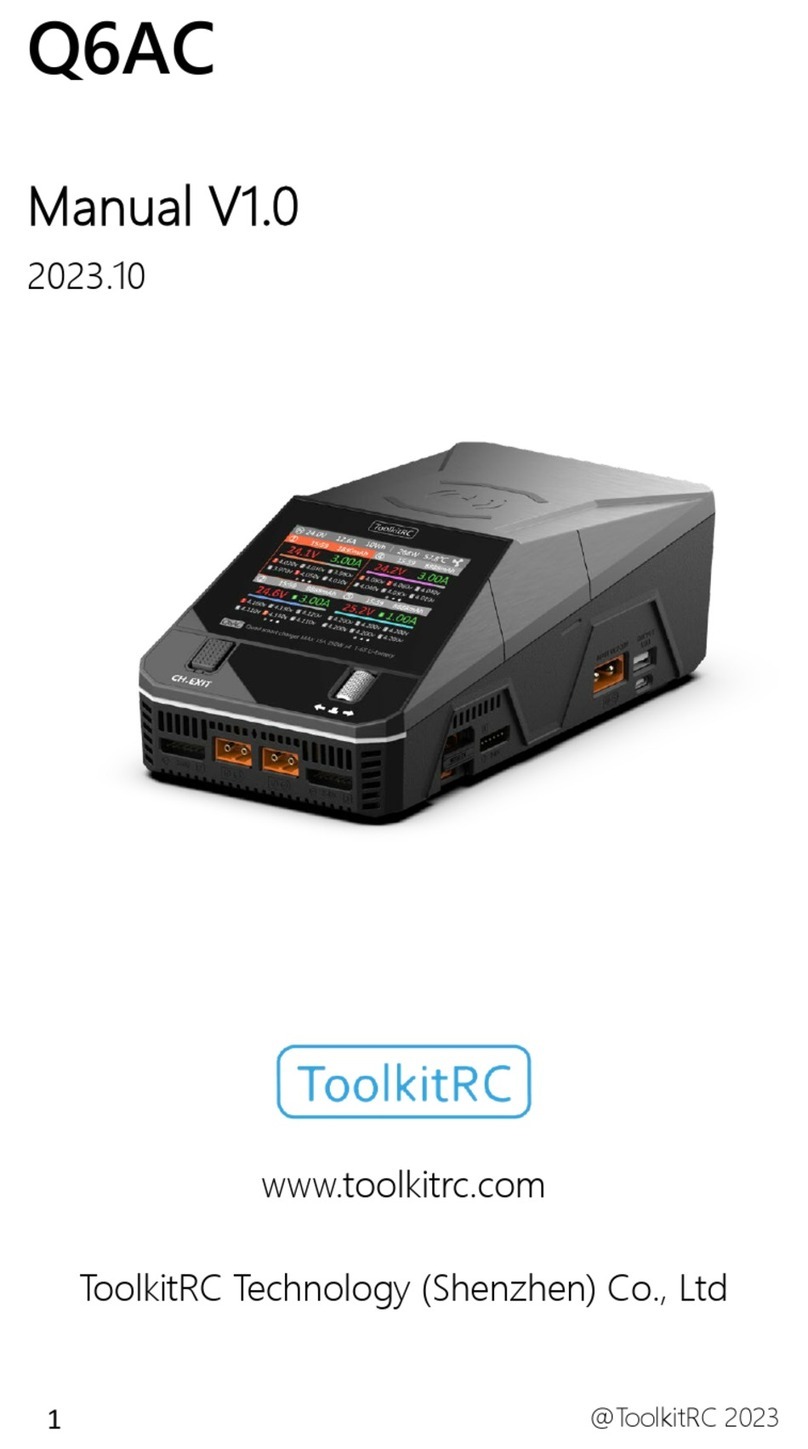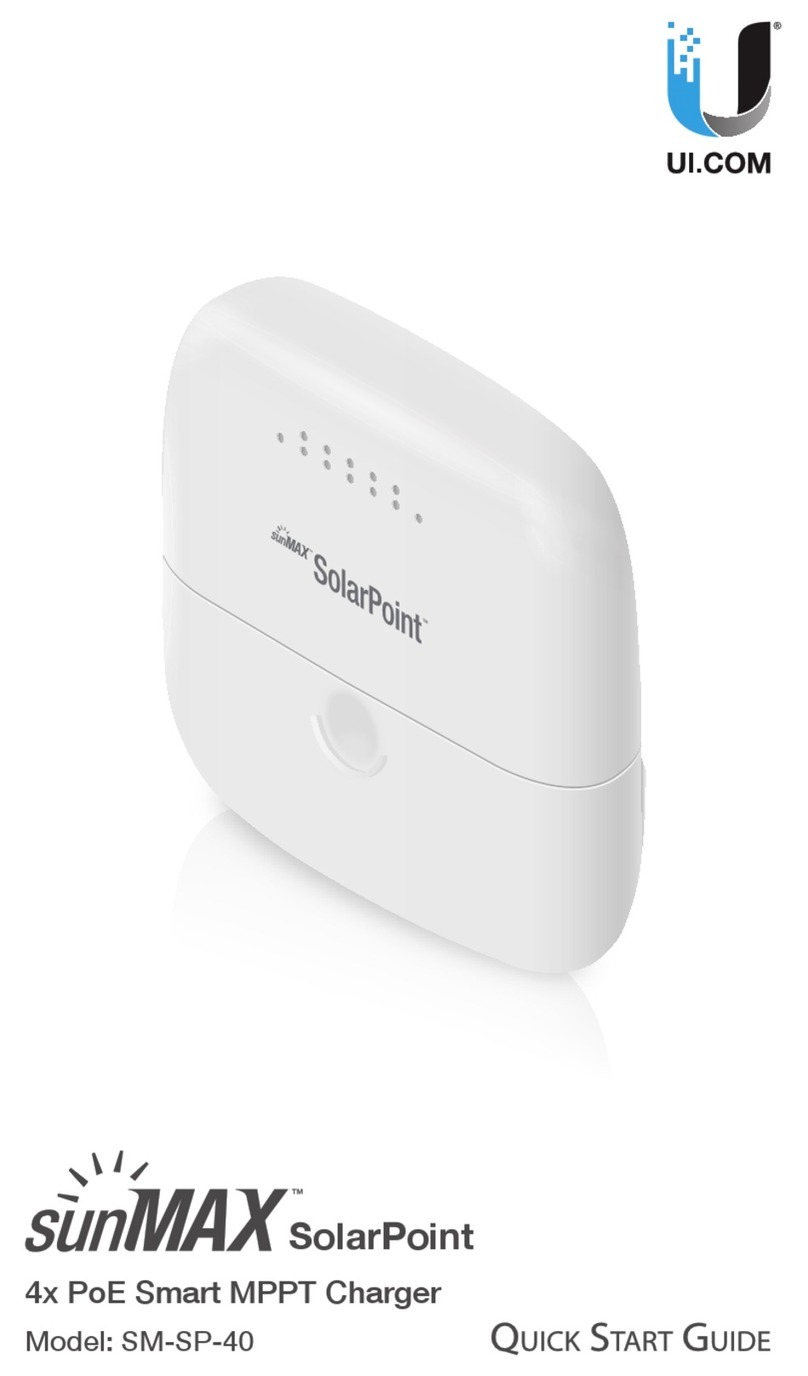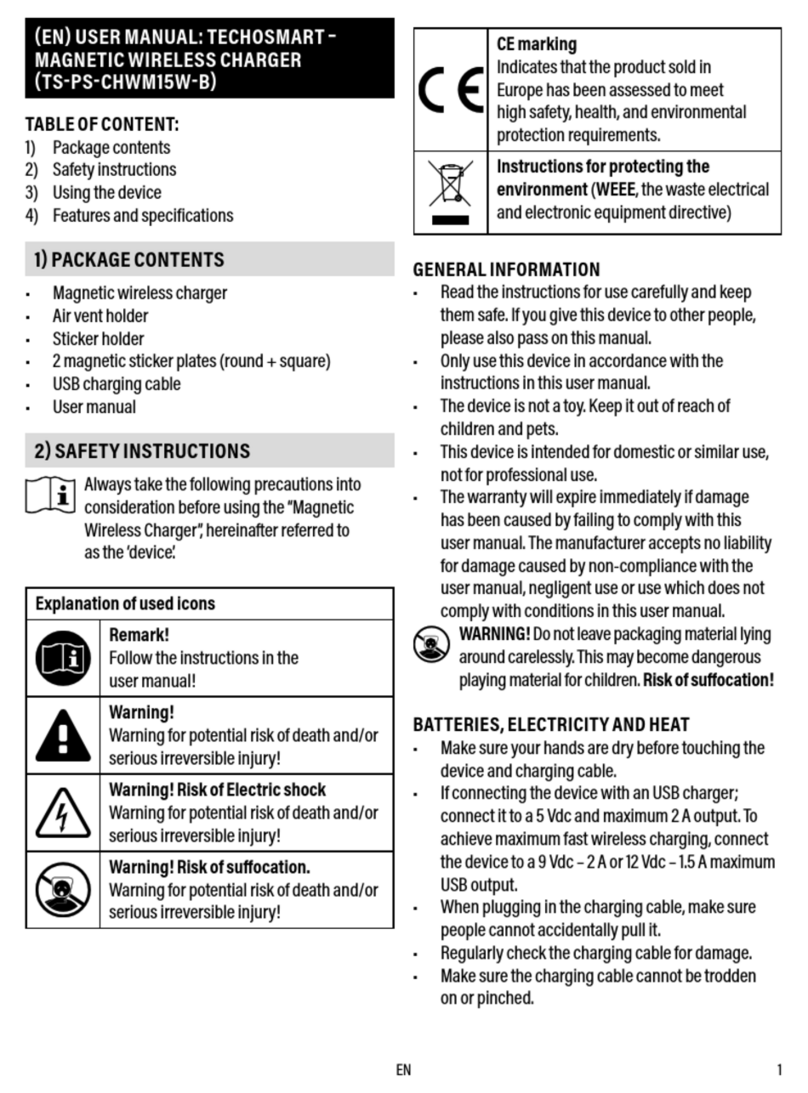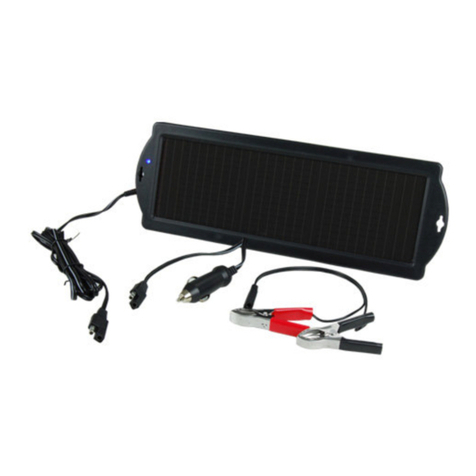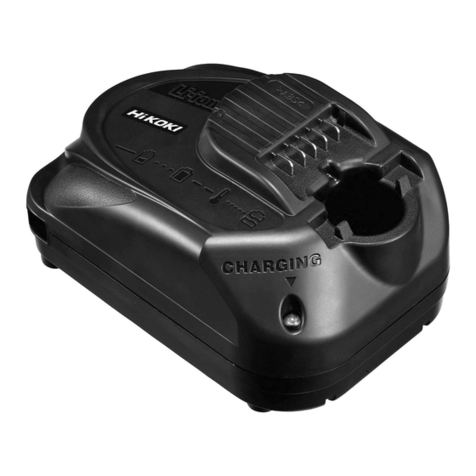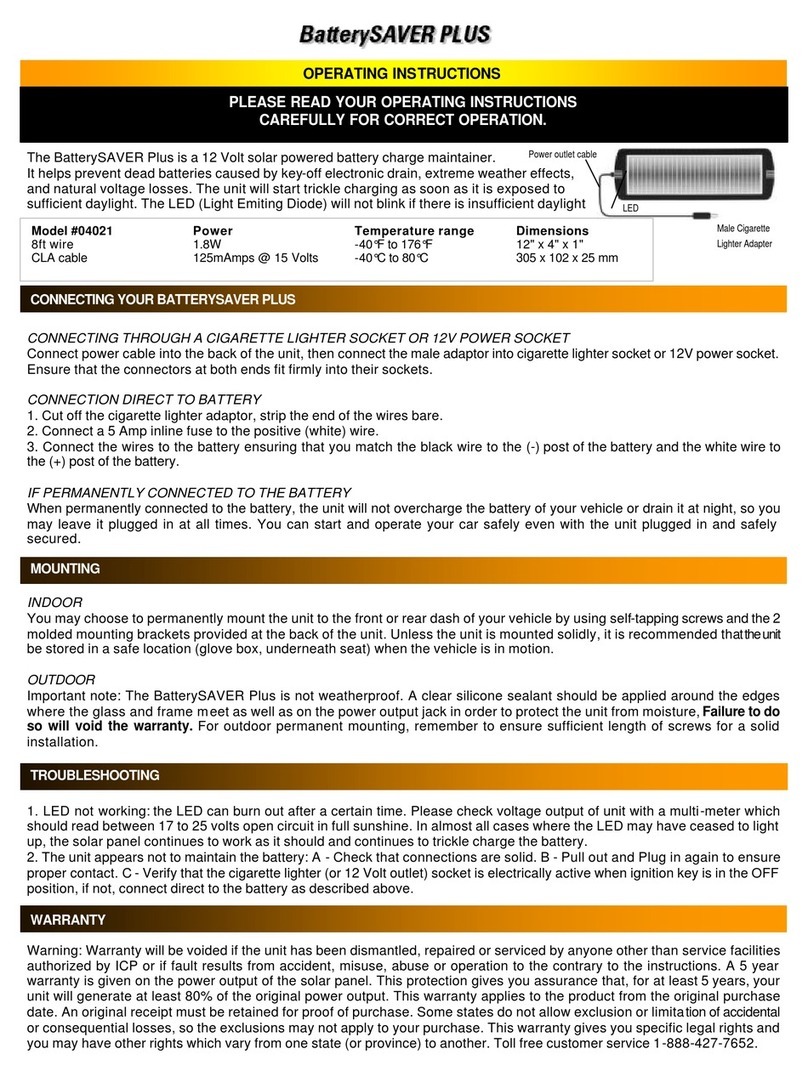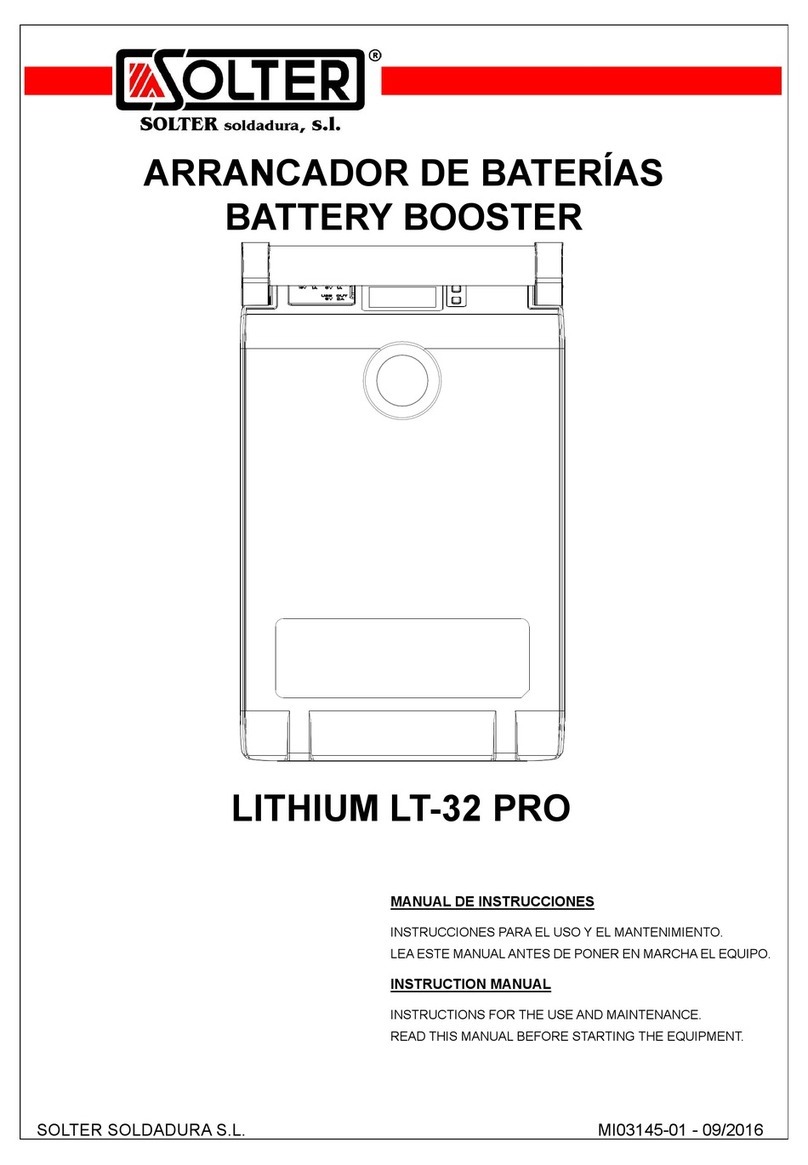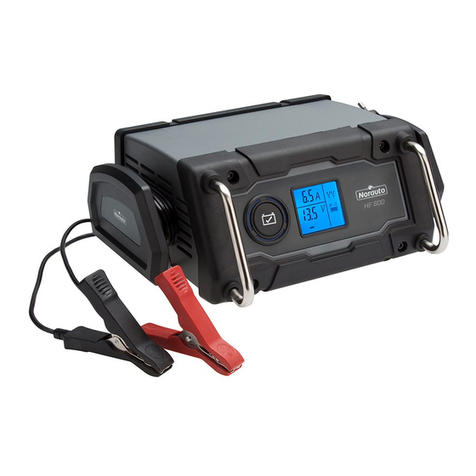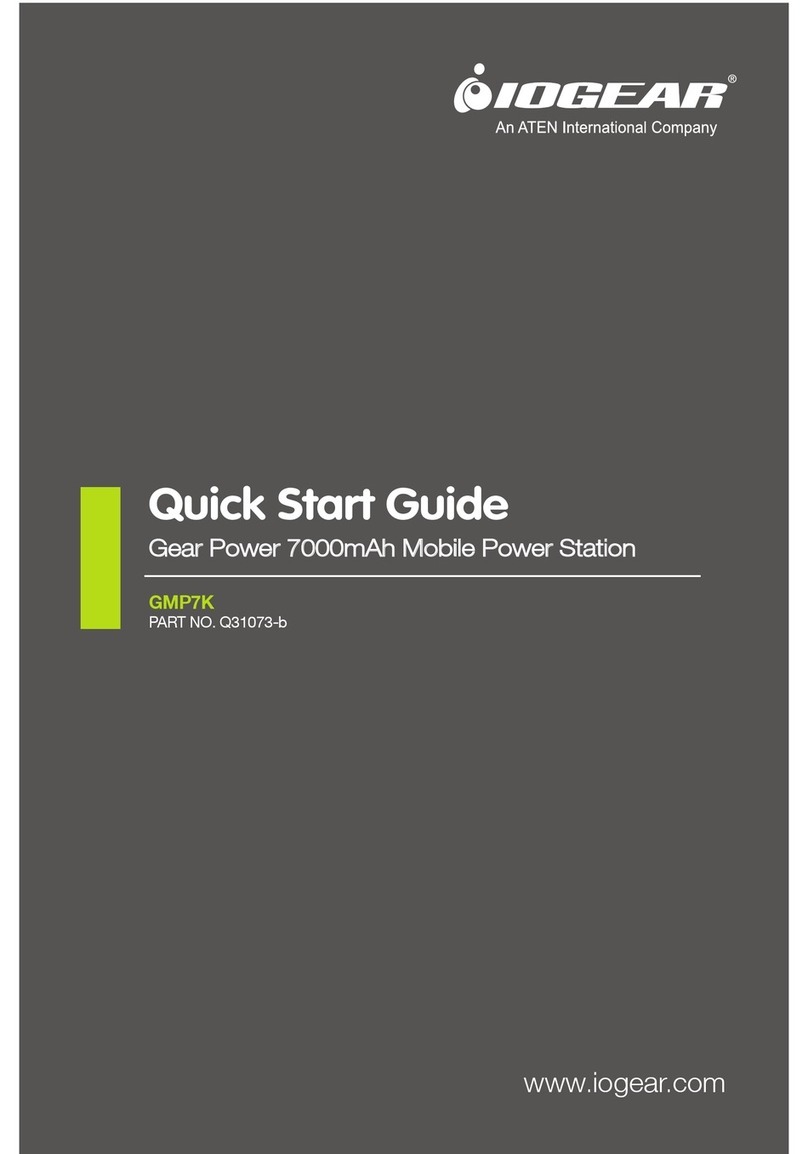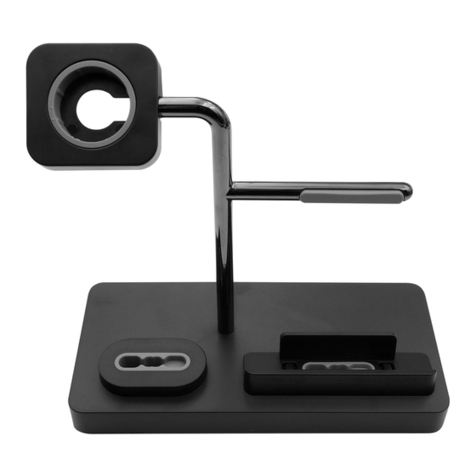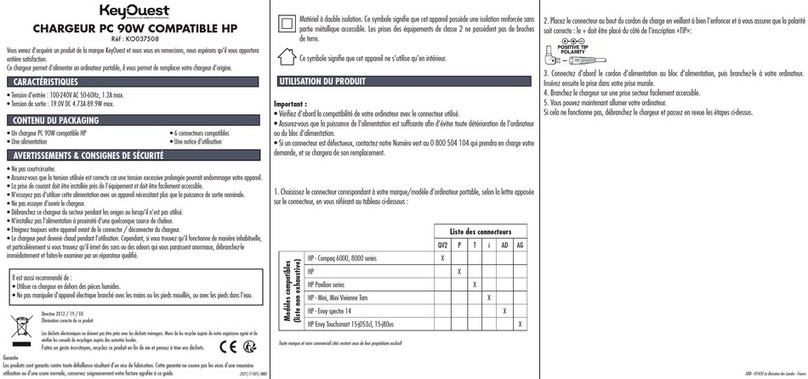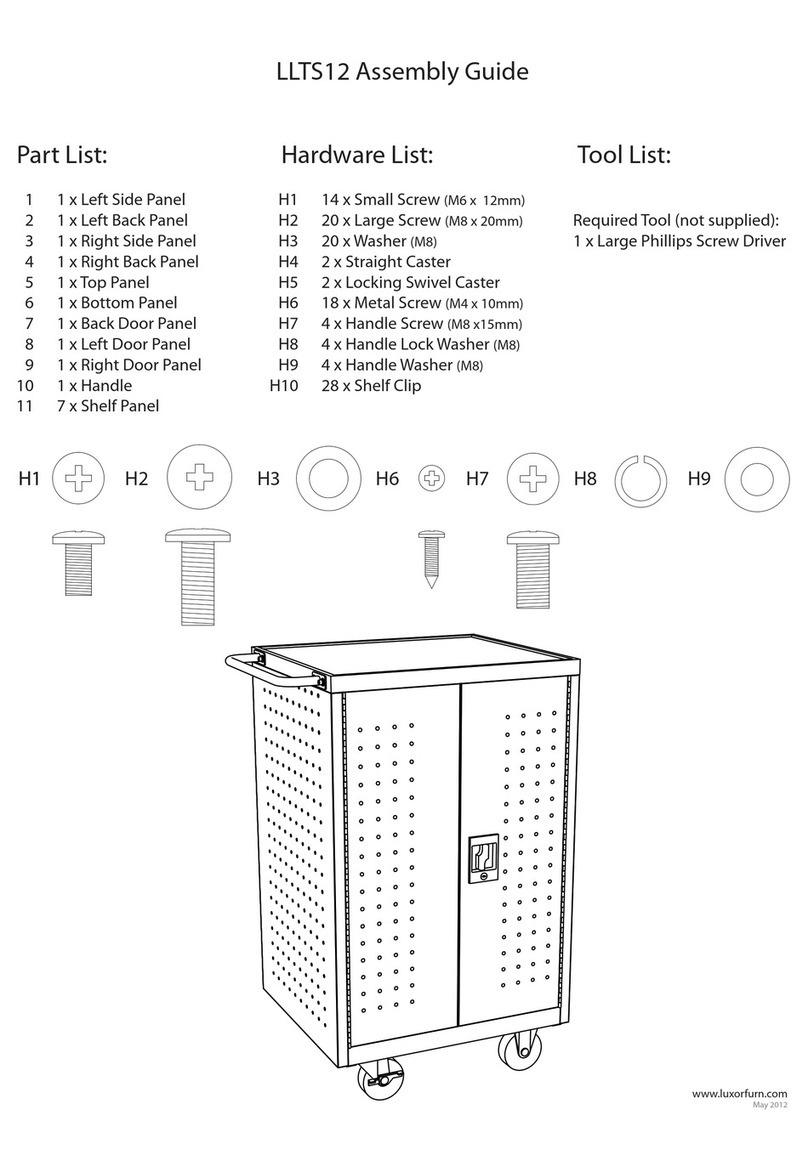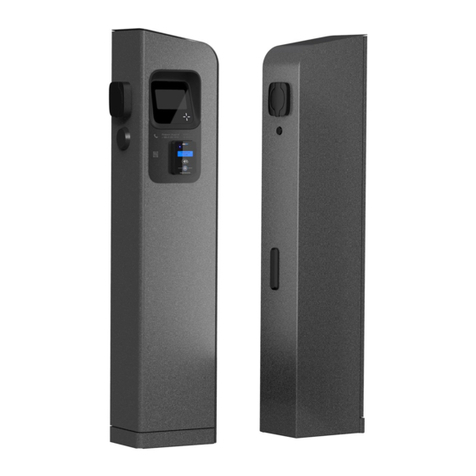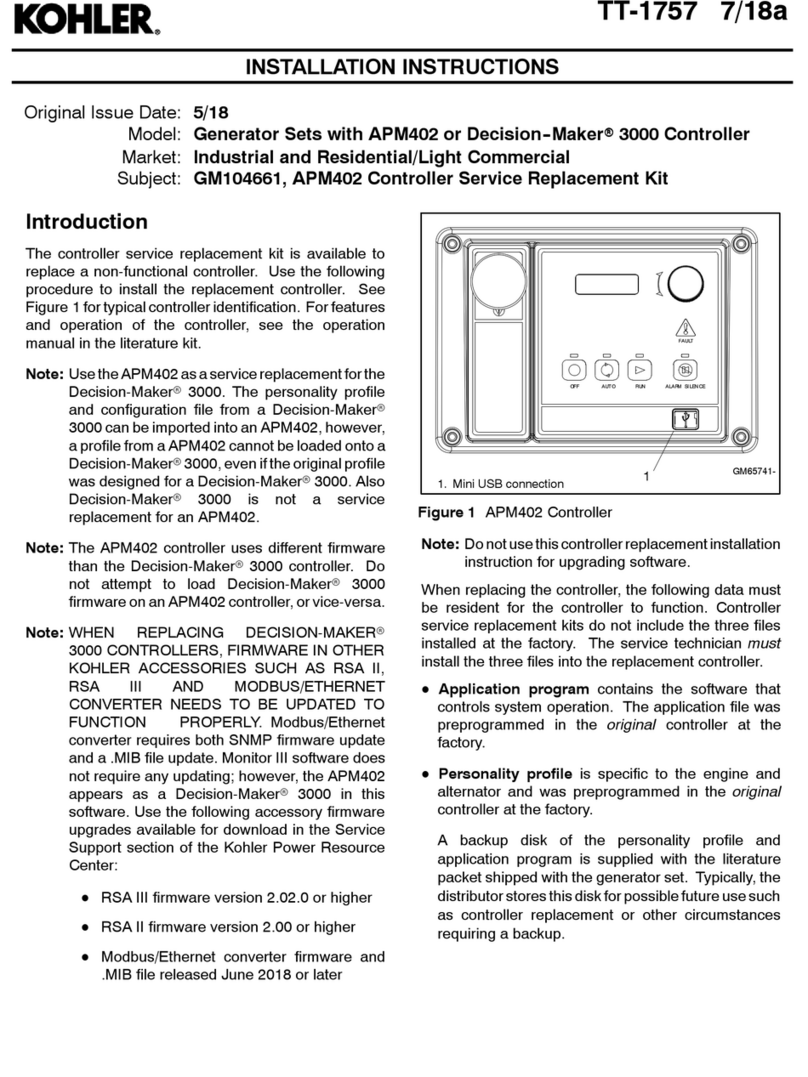ToolKitRC M8 User manual

@ToolkitRC 2018
1
M8
Manual V1.2
2018.12
www.ToolkitRC.com
ToolkitRC Technology (Shenzhen) Co., Ltd.

@ToolkitRC 2018
2
Introduction
Thank you for purchasing the M8 model toolchain.
Please read this manual carefully before use.
Key Points
Tips
Important
Information
Further information
To ensure that you have a more enjoyable experience,
Scan the QR code below and pay attention to obtaining
details of the use of this product, video teaching and the
latest information before using it. Information

@ToolkitRC 2018
3
Safety
1, M8 allows input voltage 10-30V, to ensure that the
power supply voltage is consistent, pay attention to
the positive and negative polarity of the power
supply.
2. Do not use this product in heat, moisture,
flammable or explosive atmospheres.
3. Please use this product when someone is guarded
to prevent accidents.
4. When not using this product, please unplug the
input power in time.
5. When using the charging function, please set the
current matching with the battery. Do not set the
battery to charge too much, so as not to damage
the battery.

@ToolkitRC 2018
4
Contents
Introduction..................................................................... 2
Key Points.........................................................................2
Safety................................................................................ 3
M8 Layout........................................................................ 6
First time use....................................................................7
Charge and discharge....................................................9
1,Battery type setting...................................................9
2,Cutoff voltage setting(TVC).............................. 11
3,NiMH Setting(PeakV)........................................ 12
4,Battery Setting......................................................... 13
5,Current setting.........................................................14
6,Working mode........................................................ 16
Battery Measurement.................................................. 23
ESC measurement........................................................ 25
Signal output................................................................. 26
Power output.................................................................29
System settings.............................................................. 31
Other functions............................................................. 34
Specification.................................................................. 36

@ToolkitRC 2018
5
product description
M8 is a charge and discharge instruments
multifunctional model tool chain Product that
integrates balancing, electro-display, power meters,
signal gauges, signal sources and other functions.
• Lipo, LiHV, LiFe 1-8S,NiMh 1-20s,PB 1-12s battery
charging and discharging and balance management
•Charging current: Maximum 15A @300W
•Discharge Current: Recovery MAX 15A@300W
normal mode MAX 3A @12W
•Lithium battery full voltage can be set (TVC)
• can measure battery voltage, battery internal
resistance, lithium battery balance management
• Electrically adjustable power meter, simultaneous
output voltage and throttle signal
• Measurement of signal values such as
PWM/PWM/SBUS with accuracy of up to 1us
• can output PWM/PWM/SBUS standard signal,
accuracy up to 1 microseconds
• constant current constant pressure source output,
can customize 1-30v constant pressure, 1-15A
constant current
• can be adapted to the mainstream UAV battery,
automatically activated and charged.
•Device simulation for USB flash drive, copy upgrade
file to achieve product firmware upgrade
•Device simulation for USB flash drive, copy upgrade
file to achieve product firmware upgrade

@ToolkitRC 2018
6
M8 Layout
Front
back
Display
Jog Wheel
Output
Balance
Port
Cooling
Input
Cooling
USB
Servo Port

@ToolkitRC 2018
7
First time use
1, The 10-30V power supply is connected to the
input port on the back of the M8
2, The display shows the boot logo and stays
for 2 seconds
3, Accompanied by do-re-mi boot sound
4, the boot is completed, the display enters the
main interface as shown below
5, Rotate the encoder disk, move the cursor
selection function, press the code disk to
determine, enter the selected function and
enter the corresponding interface
6. After entering the function interface, rotate
the encoder disk to move the cursor, select
the setting item or value, press the code disk,
and modify the option or value. After the
modification is completed, press the code

@ToolkitRC 2018
8
disk to confirm.
7. Press the Escape key to end the modification
or return to the previous screen.
=================================
1, short press the encoder disk once, to
determine the key function
2, long press the code disk for 2 seconds, as
the delete key function
3, turn the encoder disk or press any button,
there are sound prompts
=================================

@ToolkitRC 2018
9
Charge and discharge
After selecting the [Charge] function on the main
interface, press [OK] to enter the charging function,
the following interface is displayed.
1,Battery type setting
Rotate the encoder disk, move the cursor, select
the battery that has been set, or create a new
battery, press [OK] to enter the battery setting
interface, as shown below.
Move the cursor to [Lipo] and press [OK] to modify
the battery type. The charger supports charging and
discharging five types of batteries: Lipo, LiHV, LiFe,

@ToolkitRC 2018
10
NiMh, PB. After selecting the battery that matches
the actual battery. Short press [OK] and [Exit]
Effective.
=================================
Important:
1, the wrong battery type charging may
damage the battery, charger, and hair
Risk of burning, etc., please be careful.
2, battery that does not indicate the battery
type, do not use this product to charge
=================================
Information:
1, Lipo: often referred to as lithium polymer
battery, nominal voltage 3.70V, fully
charged 4.20V battery
2, LiHV: often referred to as high-voltage
lithium battery, nominal voltage 3.85V,
4.35V battery after full
3, LiFe: often referred to as iron-lithium
battery, nominal voltage 3.30V, fully
charged 3.60V battery
4, NiMh: Often called nickel-metal hydride
battery, nominal voltage 1.20V
5, PB: often referred to as lead-acid battery,
nominal voltage 2.00V

@ToolkitRC 2018
11
2,Cutoff voltage setting(TVC)
Move the cursor to [4.200V] and press [OK] to
modify the single-chip battery charge cut-off
voltage. Turn [Code Plate] to adjust the value and
step 1mV.
=================================
1, only LiPo, LiHV, LiFe battery can set the
cutoff voltage
2. Do not modify the cutoff voltage when you
are unfamiliar with battery characteristics.
3, the cutoff voltage can be set to the range
of positive and negative 50mV of full
voltage
4, vocabulary explanation: TVC: terminal
voltage control English abbreviation
=================================

@ToolkitRC 2018
12
3,NiMH Setting(PeakV)
When the battery type is NiMh, you can set the
negative pressure value when the battery is full, and
the range can be set from 5mV to 20mV, as shown
below.
=================================
Tips:
1, only NiMh battery can set the battery
negative pressure value
2, vocabulary explanation:
PeakV: Peak voltage drop per piece when
NiMH battery is full
=================================

@ToolkitRC 2018
13
4,Battery Setting
Move the cursor to the [Auto] or [xS] position
and press the [OK] button to change the number of
battery strings. Turn the [Code Plate] to adjust the
value. When set to [Auto], the charger will
automatically recognize the number of connected
batteries according to the battery voltage connected
to the output port.
=================================
Tip:
1, the battery is over-discharged or
over-charged, which may cause the
number of strings to be recognized. Error,
you need to manually set the correct
number of strings.
2, the number of strings is set incorrectly, may
not be full, or overcharged and damaged
the battery, please set it carefully.
3. After the Lixx battery is connected to the

@ToolkitRC 2018
14
balance port, the number of battery strings
can be more accurately identified.
=================================
5,Current setting
Move the cursor to the charging current [2.0A]
position and press [OK] to modify the charging
current. Turn [Code Plate] to adjust the value and
step 0.1A. Quickly rotate [code plate] to add or
subtract quickly. The charger supports up to
15.0A.
Move the cursor to the discharge current [2.0A]
position and press [OK] to modify the discharge
current. Turn [Code Plate] to adjust the value and
step 0.1A. Fast rotation [code plate] can be quickly
reduced. The charger supports two discharge
modes. 1, ordinary discharge mode, through internal
heat dissipation discharge, maximum support
3.0A@20W discharge. 2, recovery discharge mode,
when the input is battery power, through this

@ToolkitRC 2018
15
function to recover electrical energy to the input
battery, the maximum support 15.0A@300W
discharge
=================================
Tip:
1. Please set the charging rate of 1-2C
according to the battery capacity.
For example, if the battery capacity is
2000mAh, please set the charging current to
2.0-4.0A.
2, charging and discharging current is only
valid in the corresponding working mode
3. For the discharge mode setting, refer to the
<System Settings> chapter of this manual.
=================================

@ToolkitRC 2018
16
6,Working mode
Move the cursor to [Store] [Discharge] [Charge]
position, press [OK], the charger will work in the
mode of the selected function. When selected as
[Charge], it will indicate the target voltage that will
charge the battery. As shown below
When selected as [Discharge], it will prompt the
target voltage to put the battery. If the discharge
mode is to recover the discharge, it is also necessary
to set the cutoff voltage of the power battery. As
shown below
When selected as [Storage], it will prompt the

@ToolkitRC 2018
17
target voltage to charge and discharge the battery. If
the discharge mode is to recover the discharge, it is
also necessary to set the cutoff voltage of the power
battery. As shown below
The high limit voltage is recovered. The default is
0.5V higher than the input voltage. Please set
according to the maximum limit voltage of the input
power supply. To cancel the operation, move the
cursor [Cancel] or press [Exit]. Move the cursor to
[OK], short press [OK] to start charging, and display
the charging and discharging work interface.
=================================
Tip:
1. The discharge cutoff voltage should be set
according to the battery discharge
characteristics.
2. After the recovery limit voltage is set to the
highest protection voltage of the power
supply, the charger will automatically stop
the recovery discharge. Setting a high
overvoltage may damage the input power
=================================

@ToolkitRC 2018
18
Charge and discharge
When charging and discharging start, the charger
enters the working interface as shown below.
Rotate [Code Disk] on this screen to switch the
bottom status display information or press and hold
[OK] for 2 seconds to dynamically set the working
current. As shown below
Display description:
25.20V: The battery voltage of the output port.
11.5A: Charging or discharging current
P:Current limit flag. P: power, C: maximum current
I: input over current or Powe A: activate charging

@ToolkitRC 2018
19
F: The main port is full voltage or a single chip is full
voltage
289.8W: Charge or discharge power of the charger
42'C: internal temperature of the charger
050:20: The time when the work has started. Unit:
minute: second
3300mAh: the capacity that has been charged and
discharged this time
Lipo 6S: currently set battery type and number of
strings
12.0A: Current operating current set. Long press to
modify.
20.11V: Input supply voltage
4.1Wh: Input power that has been discharged from
the power supply.
1 4.20V: 1st battery voltage
2 4.20V: 2nd battery voltage
3 4.21V: 3rd battery voltage
44.22V: 4th battery voltage (the battery is being
balanced)
5 4.19V: 5th battery voltage
64.22V: 6th battery voltage (the battery is being
balanced)
-.--V : no battery connected
-.--V : no battery connected
To end the charge and discharge work, short press
[Exit], in the pop-up prompt box, select [OK] to exit.

@ToolkitRC 2018
20
When charging is complete or charging is wrong.
a prompt box pops up and a tone sounds.
=================================
1, when charging and discharging work,
please be guarded throughout the process,
in time to deal with abnormalities.
2. When charging and discharging the lithium
battery, only the main port will not be balanced.
Please pay attention to the balance of the battery.
After the balance port is connected, the balance
management is automatically performed.
3, charging is completed, unplug the battery, after
accessing the new battery, it will automatically
continue to charge and discharge according to the
set mode. When set to a fixed number of strings, you
need to access the same number of batteries. When
setting to automatically detect the number of
battery strings, please pay attention to whether the
number of detected strings matches the actual ones.
Other manuals for M8
1
Table of contents
Other ToolKitRC Batteries Charger manuals
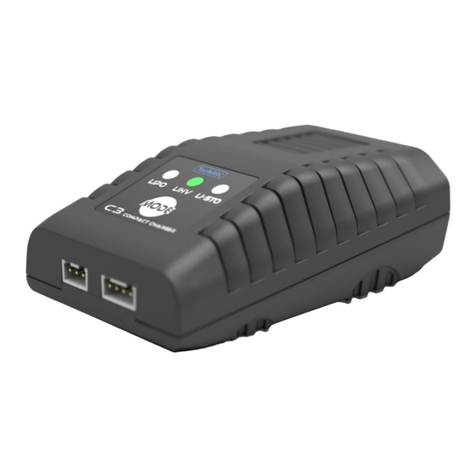
ToolKitRC
ToolKitRC C3 User manual
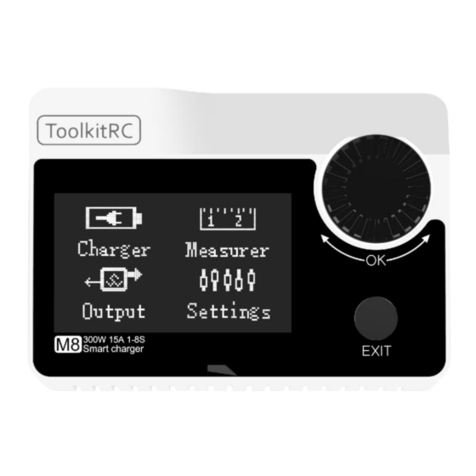
ToolKitRC
ToolKitRC M8 User manual
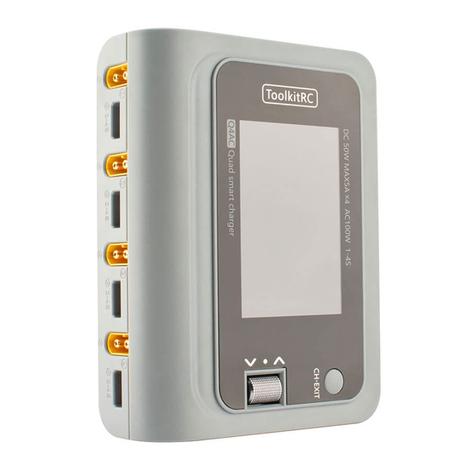
ToolKitRC
ToolKitRC Q4AC User manual
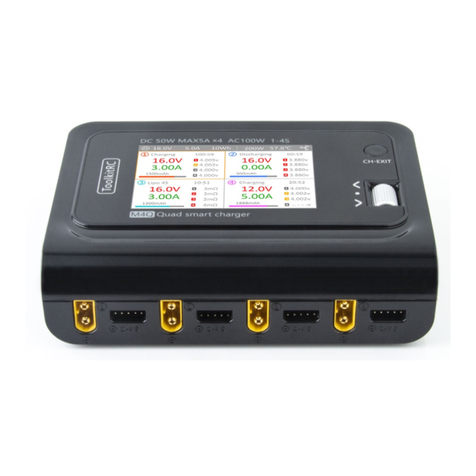
ToolKitRC
ToolKitRC M4Q User manual
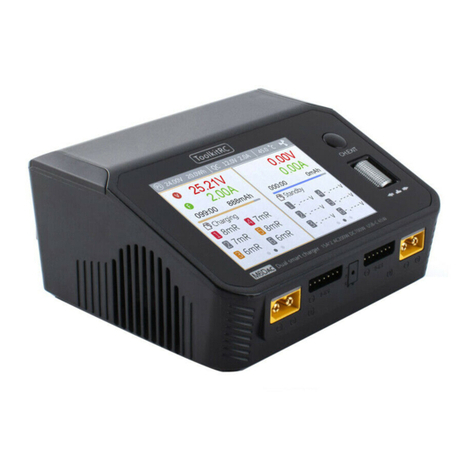
ToolKitRC
ToolKitRC M6DAC User manual
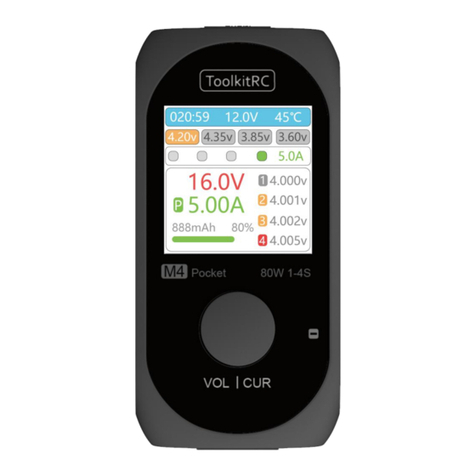
ToolKitRC
ToolKitRC M4 Pocket User manual
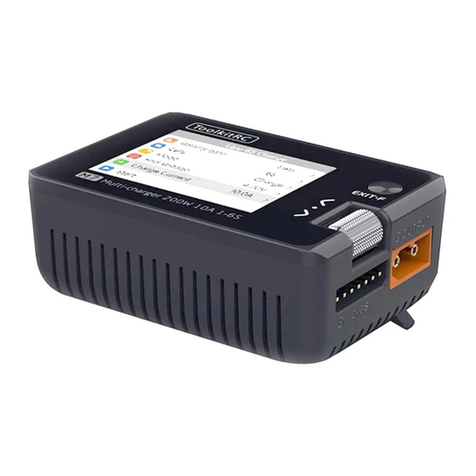
ToolKitRC
ToolKitRC M7 User manual
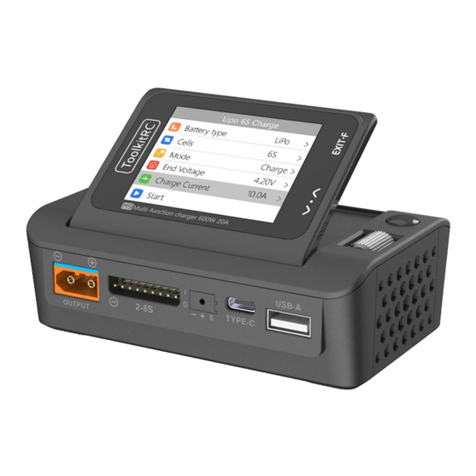
ToolKitRC
ToolKitRC M9 User manual

ToolKitRC
ToolKitRC M6D User manual
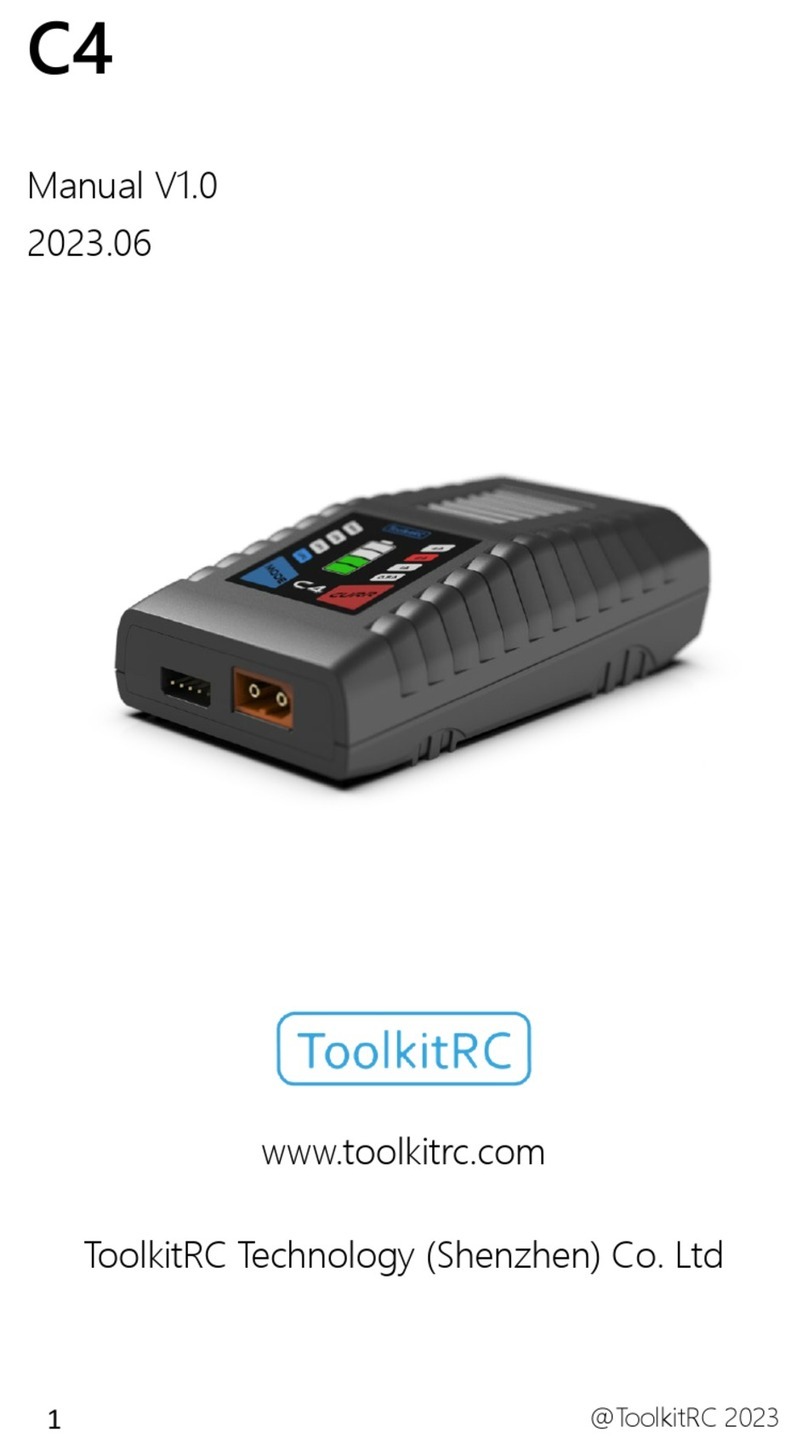
ToolKitRC
ToolKitRC C4 User manual
